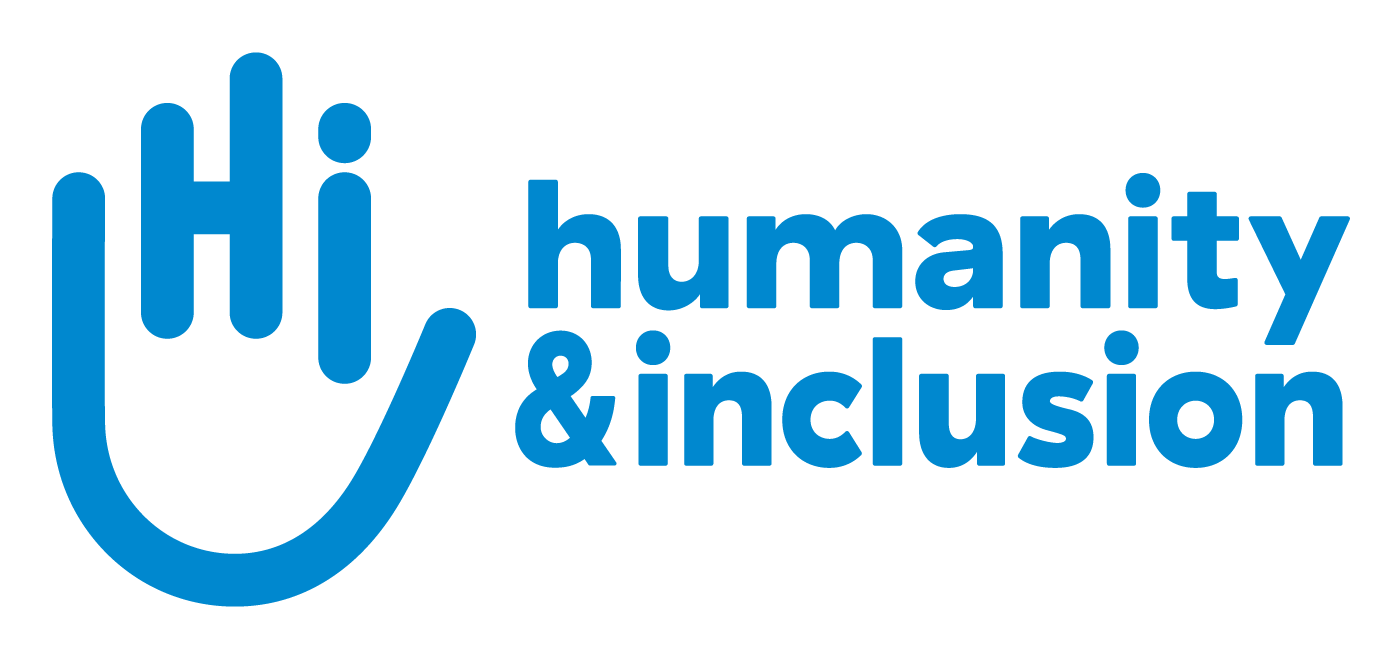Ukraine
2025 marks the third year of the full-scale invasion of Ukraine. The humanitarian crisis continues to worsen, with 12.7 million people in need of humanitarian assistance. The intensification of attacks on essential infrastructure has made life increasingly difficult for millions of Ukrainians, and the number of civilian casualties continues to rise.

Oleksandr's family is living in a tiny house with only two small rooms in the village of Chaplyne in Dnipro oblast, Ukraine. | © M.Monier / HI
Our actions
Initially, HI operated in Ukraine from 2015 to 2017, focusing on Rehabilitation, Explosive Ordnance Risk Education (EORE), and activities for health and social structures in Donetsk, Dnipropetrovsk, and Luhansk regions.
In February 2022, when the full-scale invasion of Ukraine began, HI returned to the country. Our emergency response teams were deployed across Ukraine and in neighboring Moldova, where many displaced people had fled for safety.
As of 2025, we have active bases in Kharkiv, Mykolaiv, and the Dnipropetrovsk region, as well as a coordination office in Kyiv.
Ongoing projects include:
- Comprehensive healthcare through mobile teams and in hospitals, to provide physical and functional rehabilitation and mental health support.
- Protection services to identify and assess the needs of communities and support them through referrals to professionals and awareness on protection issues.
- Armed violence reduction through explosive ordnance risk education (EORE) to reduce the risk of injury by raising awareness; victim assistance (VA) to address the needs and rights of victims and preparation for Non-Technical Surveys to contribute to demining efforts.
- Inclusive humanitarian action through training and raising awareness for the humanitarian community to protect and ensure the meaningful participation of people with disabilities.
- Atlas Logistics, which maximizes the impact of humanitarian assistance by offering free-to-user shared logistics services (storage and transport), opening humanitarian access to the hardest-to-reach populations.
Areas of intervention
Latest stories

Trapped by War: Mykhailo’s Life After the Petal Mine
Mykhailo, 64, lives with a disability due to a petal mine injury that resulted in the amputation of his leg. He uses a wheelchair for mobility and lives with his wife, who is his primary caregiver.

Lidiya’s Second Life: Surviving a Cluster Munition in Kharkiv
At 75, Lidiya survived a cluster munition strike while waiting for her pension in Derhachi, Ukraine. With HI support, she regained strength and hope, and dreams of returning home to peace.

Ukraine: Yuliia, injured by a mine, regains hope
At the age of 20, Yuliia lost her legs and her sight in a mine explosion. With HI's support, she is learning to regain her independence.
a life
Background

Since the war between Ukraine and Russia escalated on 24 February 2022, the country's cities have been the target of devastating bombing and shelling. Explosive weapons are being widely used, and civilians are the primary victims.
While the war continues to rage, humanitarian needs are growing throughout the country, but particularly in the east and south near the frontlines. The ongoing conflict has led to massive population displacements, damage to essential infrastructure, and widespread contamination by explosive remnants of war.
Due to the massive destruction of infrastructure, access to essential services has become difficult in certain areas. People have been left without homes or livelihoods. Many are living in damaged housing or in buildings that provide little protection from the harsh winter weather.
By the end of 2024, the total number of people with disabilities in Ukraine had risen to 3 million, straining the healthcare system and increasing the need for humanitarian actions. Older people, who constitute 30% of the total number of people in need, often face isolation and obstacles to accessing health care and other vital services.
In general, around 12.7 million people in Ukraine need emergency humanitarian aid. In this context, inclusive humanitarian aid is essential to ensure that no one is forgotten.
• Number of HI staff: ≈275 (2025)
• Program opened in 2022
The conflict was triggered by mass protests in Kyiv and other Ukrainian cities at the end of 2013, leading to the fall of President Yanukovych in February 2014. Today, Ukraine is still the most mine-contaminated country in the world.
Since Feb. 24, 2022, when the conflict between Ukraine and Russia intensified, cities across the country have been the target of devastating weapons strikes.
In the current conflict, civilians remain the hardest hit by the daily air strikes and bombings. Almost 18 million people will need multi-sector humanitarian aid in 2023, including more than 6 million internally displaced people, 5 million returnees and 7 million people who remain at home.
Civil infrastructure has been severely damaged, limiting access to electricity, telecommunications, food, water, heating and medical care. People are facing reduced access to essential services.
Reports
The latest publications
> Factsheet | Explosive ordnance contamination in Ukraine: current and lasting threat for civilians (pdf, 304.02 KB)> Explosive Weapons Monitor 2024 (pdf, 6.32 MB)
> Cluster Bombs Factsheet (pdf, 2.02 MB)
> Explosive Weapons Factsheet (pdf, 4.94 MB)
More > News














